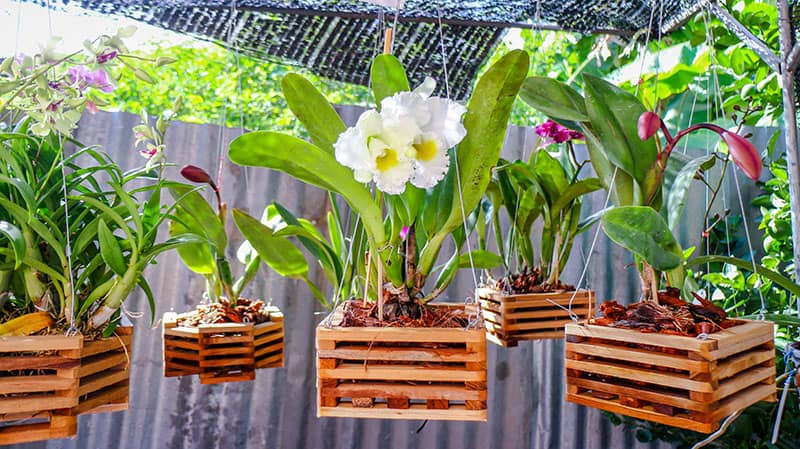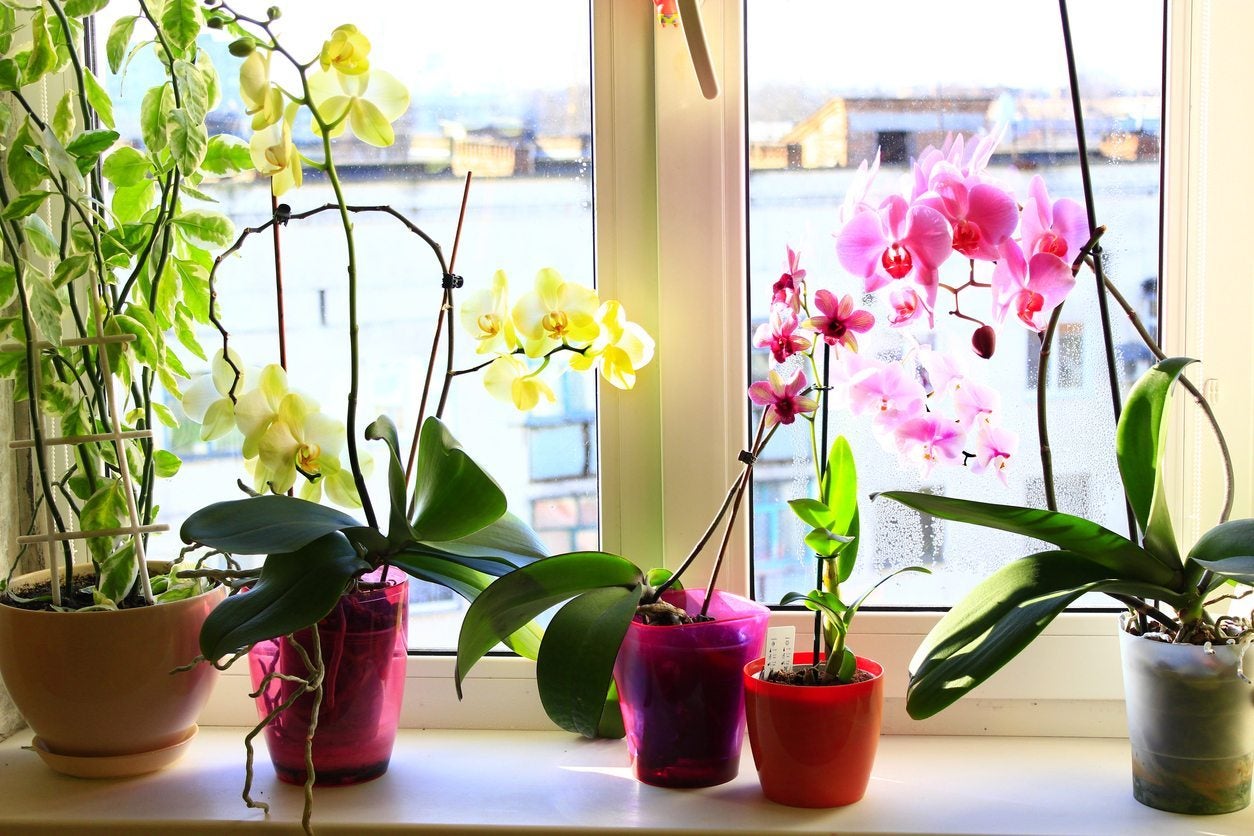Orchids are not just beautiful flowers; they symbolize luxury and love, making them a popular choice for home décor. The way you present these stunning flowers through decorative orchid containers can significantly elevate their appeal. In this comprehensive guide, I’ll share everything you need to know about selecting, caring for, and displaying orchids in decorative containers, drawing from my personal experience as an orchid enthusiast.
Why Choose Decorative Orchid Containers?
Decorative orchid containers serve several purposes:
- Aesthetics: A beautiful pot can complement your home décor and highlight the unique beauty of the orchid.
- Functionality: Proper containers allow for adequate drainage and air circulation, which is crucial for the health of the plant.
- Versatility: With various styles available, decorative containers can fit any room or occasion.
Types of Decorative Orchid Containers
Choosing the right container is vital for the health of your orchids. Below are some popular types of decorative orchid containers:

1. Clay Pots
Clay pots are popular for their breathability and natural drainage needed for orchids.
Pros:
- Excellent aeration
- Good moisture retention
- Durability

Cons:
- Heavier compared to plastic pots
- Can crack in extreme temperatures
2. Plastic Pots
Lightweight and easy to handle, plastic pots also come in various colors and designs.

Pros:
- Lightweight and portable
- Affordable
- Available in multiple styles
Cons:
- Less breathable than clay
- Can degrade over time

3. Wooden Containers
Wooden containers provide a rustic aesthetic, perfect for bringing a natural feel into your space.
Pros:
- Natural insulation
- Unique styles
- Good for informal settings

Cons:
- May rot if not treated properly
- Can be heavy
4. Glass Vases
Glass vases allow you to showcase the roots of your orchids, creating a stunning visual display.

Pros:
- Stylish and modern look
- Allows visibility of roots
- Easy to clean
Cons:
- Limited drainage options
- Sensitive to temperature changes
Comparative Analysis of Orchid Containers
| Type of Container | Pros | Cons | Best Use |
|---|---|---|---|
| Clay Pots | Excellent aeration, good moisture retention | Heavy, can crack | Indoor and outdoor settings |
| Plastic Pots | Lightweight, affordable | Less breathable | Convenient for beginners |
| Wooden Containers | Rustic aesthetic, natural insulation | May rot, heavy | Informal settings, outdoor use |
| Glass Vases | Stylish, visibility of roots | Limited drainage | Modern displays, indoors |
Choosing the Right Container for Your Orchids
When selecting a decorative orchid container, consider the following factors:
1. Size
Choose a pot that is one size larger than the current container. Orchids prefer being a bit root-bound.
2. Material
Consider your interior design and the specific needs of your orchids when selecting materials.
3. Drainage
Ensure the container has adequate drainage holes to prevent water from accumulating, which can lead to root rot.
4. Design
Pick a design that complements your home décor and highlights the features of the orchid.
Decorative Tips for Displaying Orchid Containers
1. Grouping
Grouping containers of varying heights and sizes can create a visually striking display. I recently arranged a collection of clay and glass pots on a shelf, and the depth it added to the space was stunning!
2. Color Coordination
Match your containers with your home’s color palette to create harmony. For instance, I have soft blue pots that match my living room curtains, and they make the orchids pop.
3. Use of Stands
Using plant stands can elevate your orchids, giving them a chance to stand out. I love how a simple metal stand can change the entire look of my plant corner!
Caring for Your Orchids in Decorative Containers
Watering Needs
Your orchids will have specific water needs based on their container type. Typically, orchids should be watered every 1-2 weeks.
Light Requirements
Ensure your orchids receive the right amount of light. Indirect sunlight is often ideal, depending on the type of orchid.
Fertilization
Use a balanced orchid fertilizer every two weeks during the growing season to promote healthy growth.
Repotting
Repot your orchids every 1-2 years to refresh the growing medium. This will help keep the roots healthy and well-aerated.
Common FAQs About Decorative Orchid Containers
1. What type of container is best for orchids?
The best container for orchids is one that allows adequate drainage and aeration. Clay pots or specifically designed orchid pots are excellent choices.
2. How often should I water orchids in decorative containers?
Watering frequency depends on the type of orchid and environmental conditions, but typically every 1-2 weeks is safe.
3. Can I use regular potting soil for orchids in decorative containers?
No, orchids require a special potting mix that provides the aeration and drainage they need. Look for a mix formulated specifically for orchids.
4. How can I tell if my orchid needs water?
Check the top inch of the potting medium. If it feels dry, it’s time to water. Additionally, yellowing leaves might indicate overwatering.
5. Are decorative orchid containers expensive?
Prices vary based on material and design. There are affordable options available, especially in plastic, which look great without breaking the bank.
Conclusion
Investing in decorative orchid containers not only enhances the beauty of your orchids but also ensures their health and longevity. From clay pots to stylish glass vases, the options are endless! By following the guidelines in this article and drawing from personal experience, you can create stunning displays that will impress anyone who walks through your door. Happy planting!